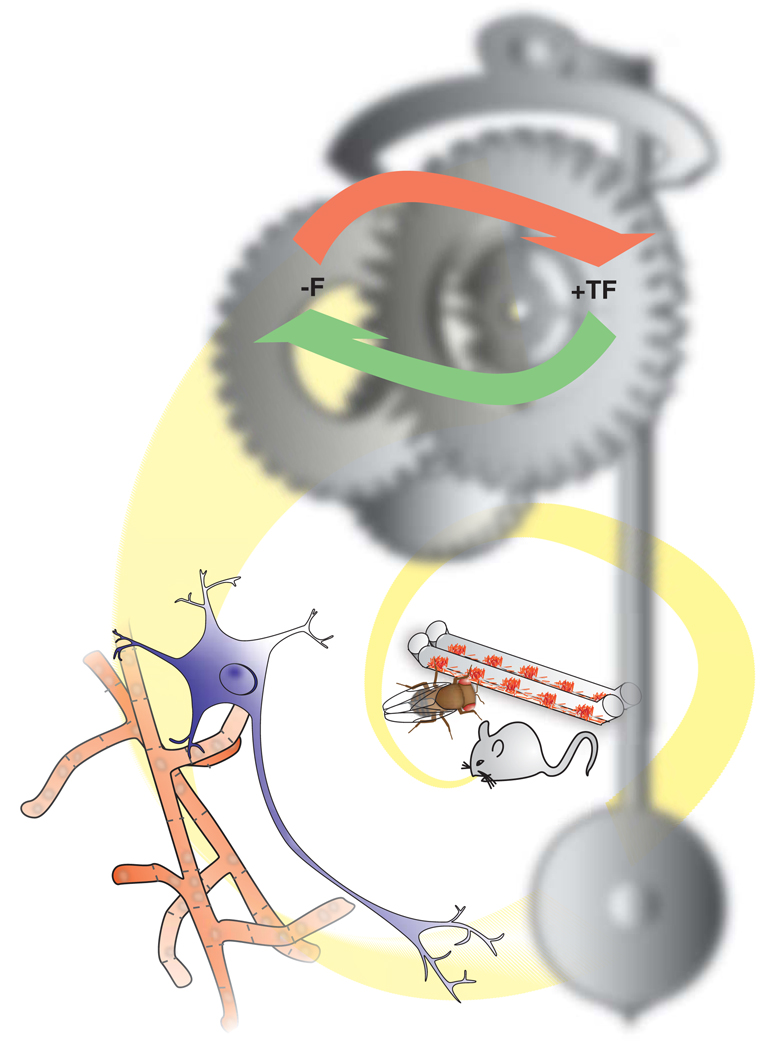Figure 1. Circadian clocks from organism to mechanism.
Over the last several decades our picture of circadian clocks has spiraled out from a physiological description of clock-controlled activities at the organismal level, through an understanding of clocks as being bound within single cells, to revealing a molecular mechanism that is predominantly constrained within the interplay between positive (+TF) and negative (−F) forces. A clearer picture of the clockworks of these systems is beginning to emerge, showing that many of the processes and components are controlled through post-translational modification.

